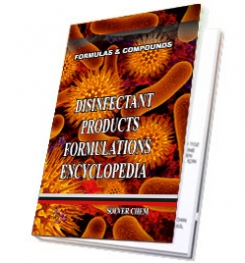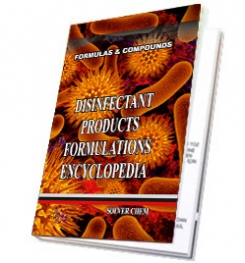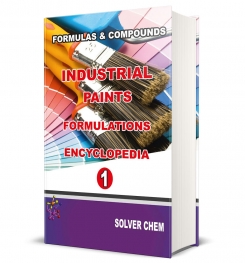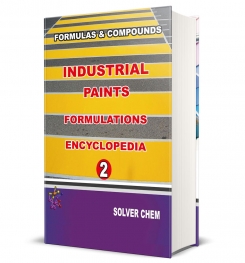Disinfectants can be divided into classes on the basis of their chemical compositions and each class has its characteristics, hazards, toxicities and efficacy against various microorganisms.
The classes are as follows:
Alcohols Alcohols, usually in the form of 70% isopropyl alcohol or 60 to 80% ethyl alcohol, are commonly used topical disinfectants. They are effective against bacteria and enveloped viruses. Alcohols are not effective against bacterial spores and non-enveloped viruses. Alcohols are somewhat slow in their germicidal action.
Aldehydes Aldehydes are broad-spectrum disinfectants. The most commonly used agents are formaldehyde and gluteraldehyde. Aldehydes are very effective against bacteria, fungi, viruses, mycobacteria and bacterial spores.
Chlorine Compounds Chlorine compounds are considered broad spectrum, being effective against bacteria, enveloped and non-enveloped viruses, mycobacteria and fungi. At high concentrations, chlorine compounds can be sporicidal. The most commonly used agents are chlorine dioxide, sodium hypochlorite (Chlorine Bleach) and calcium hypochlorite.
Iodine Compounds Iodine compounds are broad spectrum and considered effective for a variety of bacteria, mycobacteria, fungi and viruses. Tincture of iodine could be used as an antiseptic for skin cuts and scrapes. Iodine agents are inactivated by quaternary ammonium compounds and organic debris. An iodophor is a combination of iodine and a solubilizing agent or carrier; the resulting complex provides a sustained-release reservoir of iodine and releases small amounts of free iodine in aqueous solution to kill microbes.
Phenolics The disinfectants are phenol (carbolic acid) derivatives. They have a characteristic pine-tar odor and turn milky in water. Phenols at 5% concentration are considered bactericidal, tuberculocidal, fungicidal and virucidal for enveloped viruses. They retain more activity in the presence of organic material than iodine or chlorine-containing disinfectants. Cresols, hexachlorophene, alkyl- and chloro- derivatives and diphenyls are more active than phenol itself.
Quaternary Ammonium Compounds Quaternary ammonium compounds, such as benzalkonium chloride, are generally odourless, colourless, non-irritating, and deodorizing. The compounds have disinfectant effect and some have detergent action. However, some quaternary ammonium compounds are inactivated in the presence of some soaps or soap residues. Their antibacterial activity is reduced in the presence of organic material. Quaternary ammonium compounds are effective against bacteria but only and somewhat effective against fungi and viruses.
Oxidizing Agents Common oxidizing agents are hydrogen peroxide, ozone, peracetic acid and potassium permanganate. The hydrogen peroxide used as an antiseptic, is also effective in disinfection of inanimate objects. It could be sporicidal if operated at high temperatures. Peracetic acid is one of the effective liquid sporicides and is used widely in disinfection of food processing equipment and medical instruments because it does not leave toxic residues. Potassium permanganate has broad antimicrobial properties. It is an effective algicide (0.01%) and virucide (1%) for disinfection, but tends to irritate tissues at concentrations > 1:10,000.
CHEMICAL DISINFECTANTS
AND
PRODUCTION PROCESS
AND
PRODUCTION PROCESS
MANUFACTURING PROCESS OF CHEMICAL DISINFECTANTS is not very complicated. For the production, there is need usable and tried a formulation, raw materials and mixing tank. For raw materials to be used, quantities to be used and ingredients usage rankings, you should look into this formulation. Therefore, formulation and productıon methods of chemical disinfectant solutions are important. If you have not a good formulation, you cannot make healthy and efficient production of any disinfectant products and derivatives.
DISINFECTANT PRODUCTS FORMULATIONS ENCYCLOPEDIA


HARD BOOK E BOOK
RELATED TAGS: WHAT IS CHEMICAL DISINFECTANT,HOW TO MAKE CHEMICAL DISINFECTANT, WHERE TO USE CHEMICAL DISINFECTANT,USING CHEMICAL DISINFECTANTS,FORMULATIONS OF CHEMICAL DISINFECTANT,PRODUCTION OF CHEMICAL DISINFECTANT,INGREDIENTS OF CHEMICAL DISINFECTANTS,MAKING CHEMICAL DISINFECTANT SOLUTION,PROPERTIES OF CHEMICAL DISINFECTANT,DISINFECTANT PRODUCTS FORMULA,FORMULAS,COMPOSITIONS OF CHEMICAL DISINFECTANTS.

|
|

|
|

|
|
